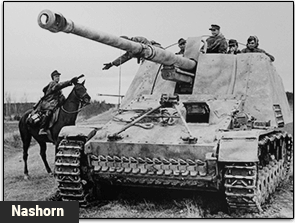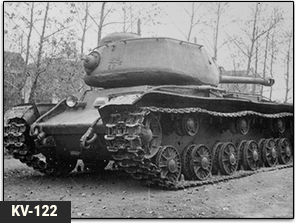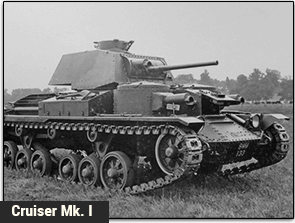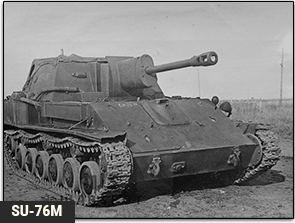Warspot.net is where history comes alive!
The dedicated site features articles about various aspects of military history and technology for readers of all interest levels.
Our authors include specialists who put a lot of effort into their articles. They tell you about little-known military conflicts, development and use of military vehicles, creation of iconic weapons, outstanding engineers, tactics of renowned commanders, heroic deeds of ordinary soldiers, and more.
Here is the Warspot Digest for January 2021—all this and more on Warspot.net!
Warspot Digest: January 2021
 |
Anti-Tank Hornet, a.k.a. Rhino The Ferdinand was unusual among German WWII era SPGs. A number of things, such as the armament and armour, make it exceptional. However, only a small number of these SPGs was built. There were other tank destroyers armed with the same 8.8 cm Pak 43 gun, and the Germans built a whole lot more of them. One was the 8.8 cm PaK 43/1 auf Geschützwagen III/IV (Sf), otherwise known as the Hornisse (Hornet) or Nashorn (Rhino). The Nashorn was often confused for the Ferdinand, which is understandable: the SPG was not a small vehicle. [READ MORE] |
 |
The KV's Last Bow It is often the case in many nations that instead of new tanks, industry preferred improved versions of tanks that were already in production. The Soviet tank industry was no exception in this regard. That was the start of the history of the T-60, for example. In 1942-44, a the story repeated itself with the heavy KV tank, which brought to life the KV-100 and KV-122 tanks. [READ MORE] |
 |
The First Cruiser British tank building developed rapidly in the 1920s, but started slipping in the first half of the 1930s. At the time, the British army was only buying light tanks, and even then miserly amounts of them. The situation with medium tanks was a fiasco. The replacement for the Medium Tank Mk.II never made it into production. By the time a worthy heir turned up, British policy regarding the use of tanks changed entirely. The result of this change was the Tank, Cruiser, A9, also known as the Cruiser Tank Mk.I. [READ MORE] |
 |
The Red Army's Most Numerous SPG The SU-12 self propelled gun was accepted into service with the Red Army on December 2nd, 1942. It was a good design with a fatal flaw: the parallel placement of its engines. This layout was the SPG's Achilles' heel. The amount of defects linked to the engine and transmission was very high. Many SU-12s never made it to the front lines. The flawed components had to be drastically redesigned. This is how the SU-15 was born, better known as the SU-76M. This was the Red Army's second most numerous AFV, beaten only by the T-34. This article covers the development and mass production of the SU-76M from the summer of 1943 to the spring of 1945. [READ MORE] |
